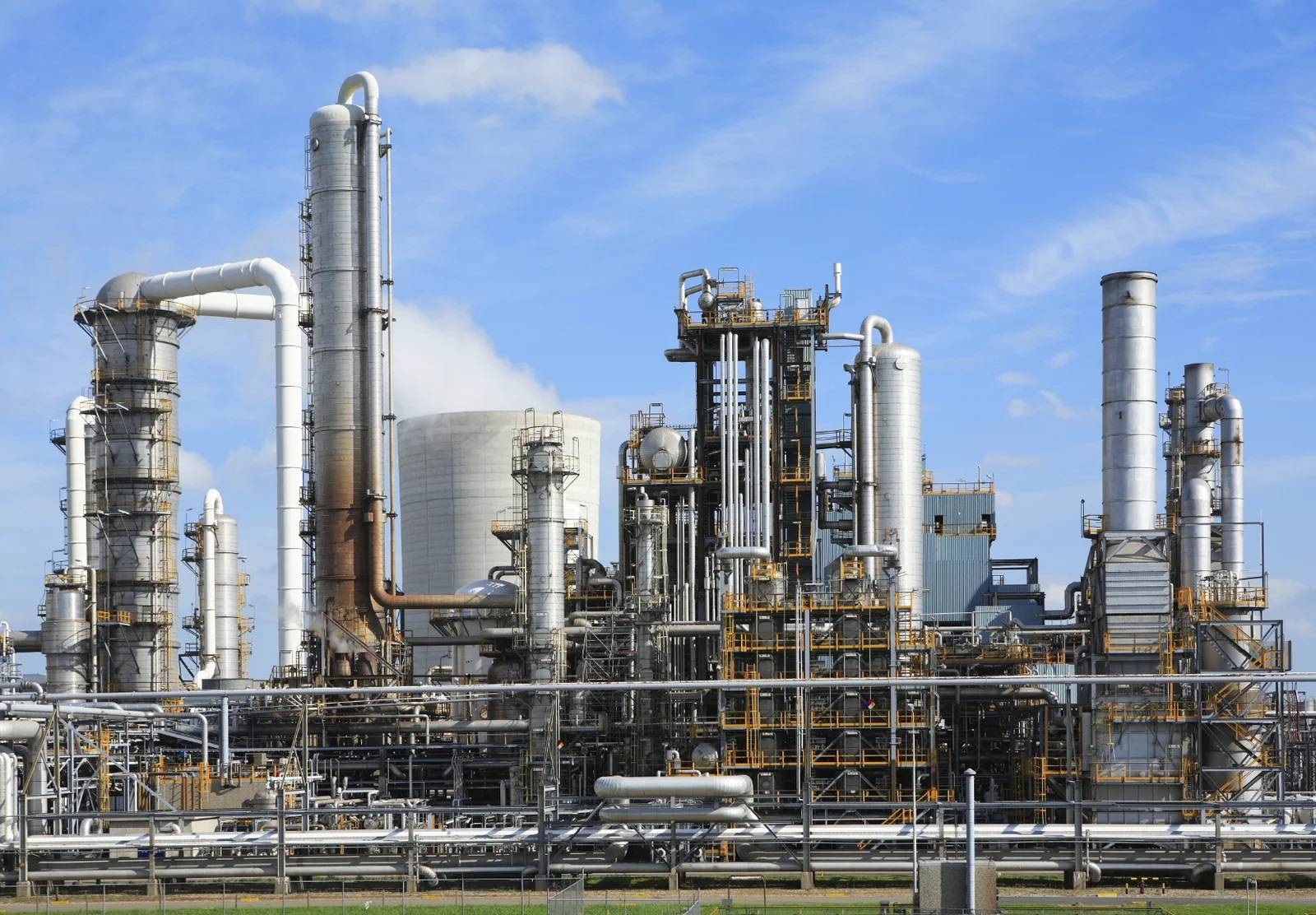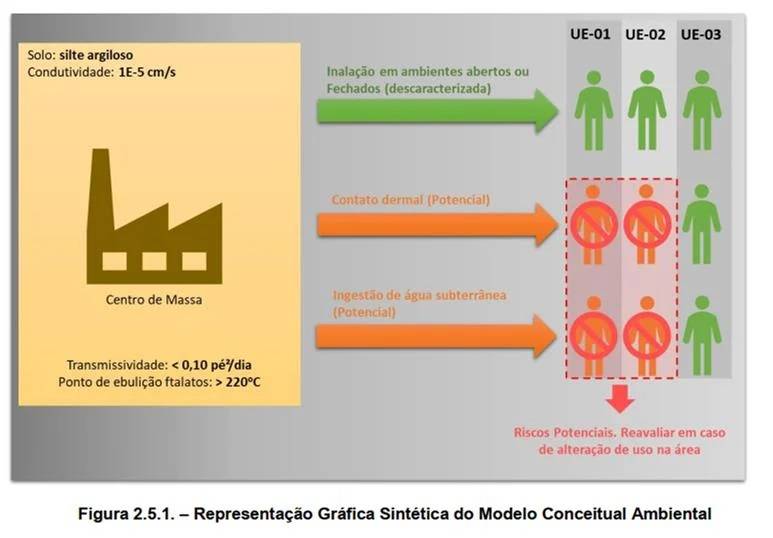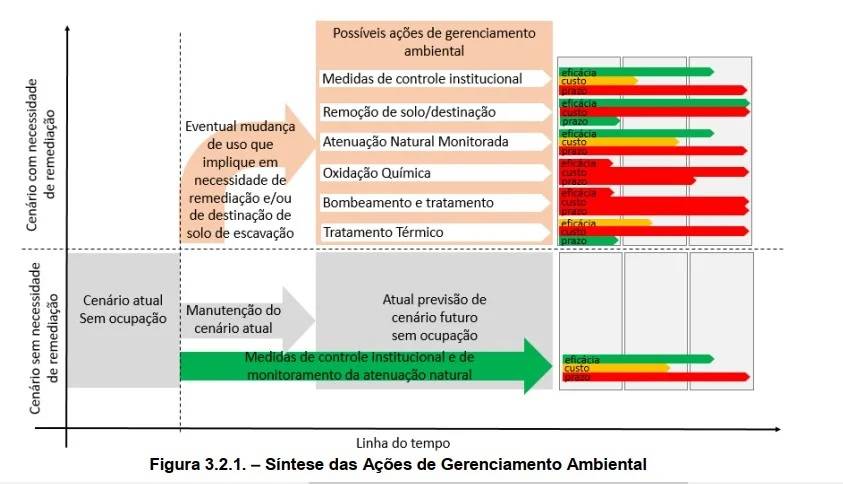
Application of Institutional Control Measures and Monitored Natural Attenuation in a Former Industrial Facility
The study area comprises a former chemical industry which operated for 45 years in a dense residential area in the city of Sao Paulo/Brazil. The source of contaminants in the soil and groundwater is a free phase that originated from the leaking of storage tanks located in the former production area. Therefore, EBP developed an intervention plan aiming at defining the most suitable environmental strategy for this specific case.
The local soil is characterized by backfill followed by weathered soil, both composed mainly by clayey to silty soil. Hydraulic tests and high-resolution investigation HPT (Hydraulic Profile Tool) showed hydraulic conductivity around 1E-5 cm/s. At the same time, skimming-tests results revealed low transmissivity (<0,1 ft²/day), resulting in low potential for free phase recovery considering hydraulic and pneumatic techniques.
Furthermore, the compounds of concern have physical-chemical properties characterized by high partition coefficients (Koc> 1E+05 L/Kg) that imply low mobility and high adsorption to the soil. They also have high boiling points (>220 °C) and low vapor pressure (around 1E-07 mmHg at 25ºC), which per se makes unfeasible the application of any thermal technique.
The mathematical modeling results show low potential for the plume to reach neighboring properties due to the low transport velocity of the modeled compound -nearly 1 m/year.
The Human Health Risk Assessment indicates potential risk related to dermal contact and groundwater ingestion considering hypothetic residential receptors. Currently, there are no receptors on-site.
Even with an estimated mass of 15 tons of contaminants within the subsurface, investigations and mathematical modeling results, associated to physical-chemical characteristics of these compounds proved that alternatives considering removal or mass destruction of compounds (pump & treat, excavation and destination, thermal treatment, and chemical oxidation) are technically and financially unfeasible.
Therefore, institutional control measures alongside monitored natural attenuation proved to be the most feasible approach considering that studies indicate a potential for biodegradation of the compounds of concern.